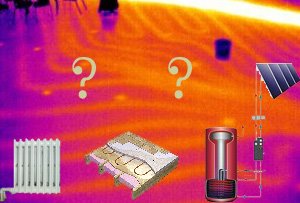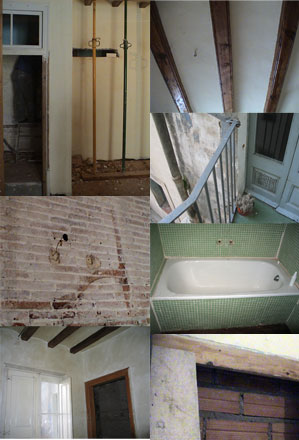 This morning, Triodos Bank celebrated the opening of their second branch in Spain, after Madrid, in Barcelona. An informative organic breakfast was called upon where the press was received by the general director, Esteban Barroso and the director of Catalonia, Joan Antoni Melé.
This morning, Triodos Bank celebrated the opening of their second branch in Spain, after Madrid, in Barcelona. An informative organic breakfast was called upon where the press was received by the general director, Esteban Barroso and the director of Catalonia, Joan Antoni Melé.It is not without pride that we can tell you that they finished just on time to make it down to the solicitors and sign with us the mortgage for our flat! We archived an ethical mortgage thanks to Triodes who took time to listen to what the R3project really is about and who decided to collaborate with us. Thank you Isabel, Esteban and Joan. We now have the key and the flat is ours, let’s make it happen.
Triodos Bank is a pioneering force in the world of sustainable banking.
It aims to help achieve a more decent, dignified and kinder society and a world that respects people, the environment and different cultures.
Triodos Bank finances companies, institutions and projects that add cultural value and benefit people and the environment, with the support of depositors and investors who want to encourage the development of socially responsible and innovative business.
Triodos Bank's approach takes account of people, planet and profit to deliver a positive return over the long term. This social, ethical and financial approach is expressed in the Triodos name itself. Triodos - 'tri hodos' - is translated from the Greek as 'three-way approach'.
In essence, Triodos Bank aims to offer its customers both sustainable financial services and products and a good service. [From Triodos]










